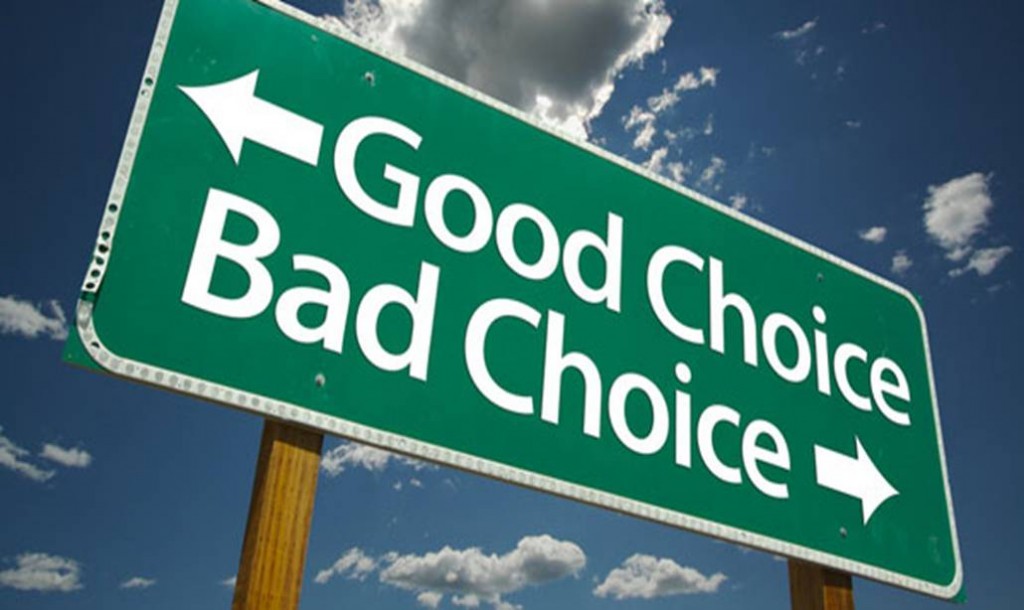Our community often seems to do the same things and expect different results.
For decades, when it comes to economic development, we believe that waiving more and more taxes is the way to create jobs. When it comes to transportation, we believe that building more and more roads is better than creating a first-class public transit system.
For decades, when it comes to fighting crime, our agenda has been built on “getting tough on crime” and in the process, feeding the prison-industrial complex. There are more and longer mandatory sentencing, mass incarceration, more prosecutors with broader authority, trying more youths as adults, and expanding the police force.
All in all, it builds a larger school-to-prison pipeline at the same time that almost half of the children in Memphis are living in poverty, about 70% of children are at risk, and Memphis leads the country in the percentage of 16-24 year-olds who are neither in school nor working.
A New Agenda
The most troubling fact is that these stark negative data points are stubbornly persistent and cry out for disruptive ideas that can shake up conventional thinking and ensure that Memphis lives up to its “city of second chances” narrative. However, for that to happen, it will require an openness to engaging in a new conversation that rather than answering how we can get tougher on crime, we answer how we can create a web of strategies that are focused on bold criminal justice reform.
The facts would be disturbing enough anywhere, but in a majority African American county, the way that racial disparities are baked into enforcement, prosecution, sentencing, and incarceration make the need for a new agenda for racial justice much more than an imperative. It is in fact a mandate – a moral and spiritual one.
A good place to begin is this week’s report by Law Enforcement Leaders to Reduce Crime & Incarceration – a group of more than 175 police officers, sheriffs, and prosecutors – that says there are smarter ways to reduce violent crime than without militarization of neighborhoods, oppressive policing, and punishment focused on prison time.
These are “outdated methods,” according to the report, Fighting Crime and Strengthening Criminal Justice: An Agenda for the New Administration. The report is a breath of fresh air on a subject too often engrained in old ideas, philosophies, and strategies. Its members, according to its website, includes former Memphis Police Director Toney Armstrong, but no current criminal justice officials.
That’s too bad, because if any city and county are to pursue aggressively racial justice it should be Memphis and Shelby County. More to the point, the pursuit must abandon policy dictums and consider criminal justice reform as a moral and spiritual crisis. It is in stripping away these dimensions that we treat men and women as commodities that are beyond redemption or rehabilitation.
Creating A Different Default
It is a point made by Michelle Alexander, author of The New Jim Crow: Mass Incarceration in the Age of Colorblindness, and in light of Jeff Sessions being sworn in as U.S. Attorney General, her point is made even more relevant for Memphis and Shelby County. As she said: “We’re going to have to find a way to persuade the public, and members of our own communities, that those who’ve been labeled the bad ones – those from ghettoized communities, or who have criminal records – are worth caring about, and are deserving of basic dignity and humanity and respect and can’t be treated as simply disposable…
“And until a moral consensus is built that says that our society should be organized in such a way to ensure that everyone has meaningful work, has quality education, has access to health care, especially mental health care, and not treated as disposable, we’re going to just keep seeing versions of these systems of racial and social control over and over again.”
Former New Orleans Police Department Superintendent Ronal Serpas, co-chair of the Law Enforcement Leaders to Reduce Crime & Incarceration, said it well: “We need not use arrest, conviction, and prison as the default response for every broken law. For many nonviolent and first-time offenders, prison is not only unnecessary from a public safety standpoint, it also endangers our communities.
“Once inmates are released, they struggle to find employment, housing, and other necessities that would reintegrate them into society. Facing few legitimate opportunities, many ex-offenders return to crime. The higher the incarceration for such offenses the less safe the citizenry.”
The Four Priorities
It is an enlightened approach to criminal justice reform that promises fundamental change and progress. As he pointed out, it’s important for every city to put the “right people in jail and that the people in jail are the ones we should be afraid of.” To that goal, smarter policing is supported when there are alternatives that allow officers to concentrate on the dangerous people.
“We have greater science that tells us the adolescent brain at 17 or 18 years old may have the equivalent horsepower of an adult but the capacity to make right, reasonable, and rational judgements has not developed yet,” Mr. Serpas said.
“Today, we can understand that adolescent crime may be more of a neurochemistry problem than it is a desire to hurt somebody else. Our position is that the criminal justice system is not immune to the evolving understandings of a civilized society, and we’re going to have to change and keep up with that. The Supreme Court has already taken this into consideration in ending juvenile death sentences and life without parole.”
In its latest report, the law enforcement leaders suggest emphasis should be placed on 1) supporting the reduction of unnecessary incarceration and federal sentencing reform, 2) increasing mental health and drug treatment, 3) bolstering community policing, and 4) preserving and expanding recidivism reduction.
More Spent, More in Prison
The U.S. spends $274 billion on its criminal justice systems “without ensuring the required public safety gains,” the report said. (Our community spends roughly $450 million a year.) U.S. jails hold 2.2 million inmates and 4.7 million are on probation or parole, and “bloated prison populations harm more than they protect” because of “sentencing laws too often requir(ing) excessively lengthy punishments for many crimes.”
In 2002, Michigan eliminated mandatory sentencing for most nonviolent drug offenses, and over the next decade, its prison population dropped 14% – and 16% decrease in the violent crime rate. “Reducing unnecessary incarceration will free funding and time for our officers to focus on targeting and preventing violent crime, making our streets safer,” the report said.
In 2015, 52,000 people died from drug overdoses (33,000 involved opioids), but the mental health system is unable to meet the demand for services (57% of adults with mental illness do not get treatment) and many of these people end up in the criminal justice system, “turning jails and prisons into substitute health facilities,” the report said. “Today, there are 10 times as many people with serious mental illnesses in prisons as in hospitals. Over half (1.3 million) of inmates have mental health disorders, and 65% (1.5 million) suffer from drug addiction.”
Inmates with mental health needs cost one and a half times more to incarcerate than others because of higher medical costs and more staffing needs. They also have a higher likelihood of violating prison rules.
Community Policing
Tensions between communities and police have created a false debate in which people are expected to choose between supporting the police or their neighbors. Community policing can diminish the tension if it is centered on collaboration between police and neighborhoods. After adopting community policing, the Dallas violent and property crime rates plunged. The greatest threats to community policing are budget cuts that prevent community policing from being as robust and sustainable as they need to be.
More than 600,000 inmates leave prison every year, but within three years, half of them are in jail again and 70% have been rearrested at least once. “This revolving door of incarceration services no one well,” the report said. “It is expensive for the taxpayers, diverts limited public resources, and contributes to unnecessary incarceration and increased crime. Reducing the high recidivism rate is essential for protecting public safety.”
Former inmates face obstacles to reintegrating into society and many lack the education or skills for employment when they enter prison and have few when they leave. Since almost all inmates are eventually released, prisons should start preparing inmates for release from the first day they are behind bars rather than wait until the last few months before their release.
The federal government plays a major role in supporting criminal justice programs, but many are antiquated. The law enforcement coalition is lobbying the Trump Administration and the U.S. Congress to invest more money into these priorities in order to reduce violent crime.
Taking Charge of the Future
It is likely to be a tough sell. Many of the funding programs, including community policing, are on the chopping block, but more and more in this age of retrenchment, it will be up to local communities like this one to take charge of our own futures.
There no argument that concern about violent crime is uppermost in the public’s mind, and while elected officials may have to politically pursue law and order programs, it would be encouraging if they could also convene a process to consider interventions that can be alternative ways to reduce violent crime.
And along the way, we can be smarter about fighting crime.
***
Join us at the Smart City Memphis Facebook page for daily articles, reports, and commentaries relevant to Memphis and the conversations that begin here.






Community policing is just one of the many reasons why the MPD needs the 500 more officers funded and at work in our city’s crime filled neighborhoods.
We are already on target to surpass last year’s staggering total of 228 homicides in Memphis!
SAD & UNACCEPTABLE
Almost half of the children in Memphis are living in poverty, about 70% of children are at risk, and Memphis leads the country in the percentage of 16-24 year-olds who are neither in school nor working.
Approx 6 years ago I read an article about success
In reducing crime in a number of northern cities.
The program consisted of bringing gang leaders
And victims together in a place like Shelby farms
Enabling the gang leaders to see the victims in
Various states debilitation. On stretchers, in wheel
Chairs etc. The outlaws saw the results of their actions
And in this mutual confrontation emphathised with
Their victims. In those communities this program
Was very effective in reducing crime.
The commanding officers of police know these
Gang leaders, therefore identifying and inviting
Them was not a problem.
As a former Memphis police officer, a state trooper
And having served twelve years as a reserve chief
Deputy I am convinced that More officers is is
Not the answer. The answer is out of the box thinking.
More officers to follow up and report crimes has
Little effect. Innovation is the answer. Having officers
Dressed in special uniforms labeled gang unit etc is
Laughable to the perps.